Schlagwort: evolution
-
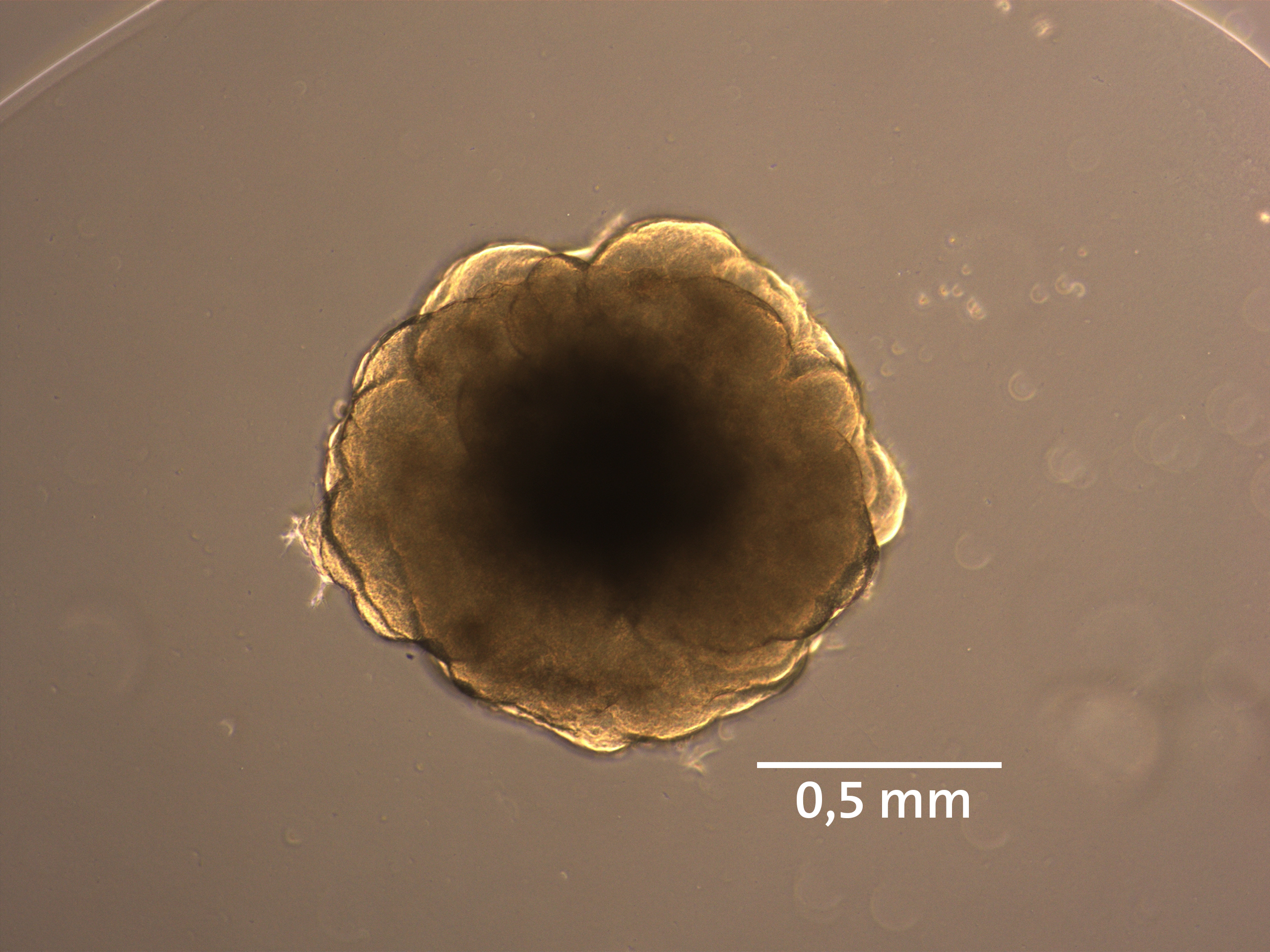
Wie ist das große Gehirn entstanden?
Neue Erkenntnisse zur Entwicklung des menschlichen Gehirns Göttingen/Germany, 27. Maerz 2025. Zwei spezifische Gene, die ausschließlich beim Menschen vorkommen, beeinflussen gemeinsam die Entwicklung des Großhirns. Dies haben Forschende des Deutschen Primatenzentrums – Leibniz-Institut für Primatenforschung und des Max-Planck-Instituts für molekulare Zellbiologie und Genetik in einer jetzt veröffentlichten Studie herausgefunden. Damit ist ihnen der Nachweis gelungen,…
-
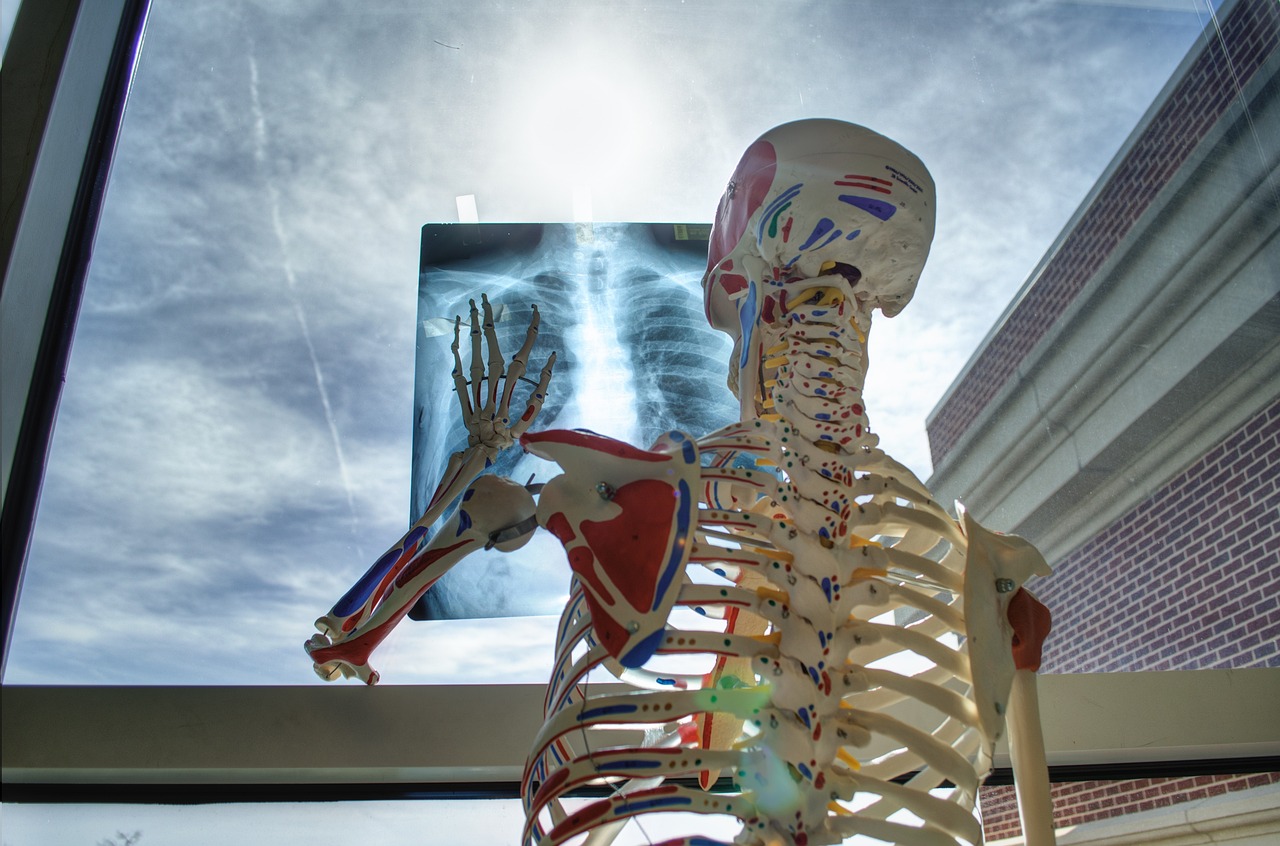
Knorpel- und Knochenentwicklung Drei Wege führen zum Skelett
Bei Wirbeltieren entsteht das Skelett verschiedener Körperregionen aus unterschiedlichen Vorläuferzellen. Forschende der Universität Basel haben nun entdeckt, dass sich diese Skelettzellen nicht nur in ihrer Herkunft unterscheiden, sondern auch in ihrer Genregulation. Womöglich liegt darin ein Schlüssel zur evolutiven Erfolgsgeschichte der Wirbeltiere. Basel/Switzerland, 27. Maerz 2025. Vom Schädel bis zum Knochen des kleinen Zehs: Das…
-
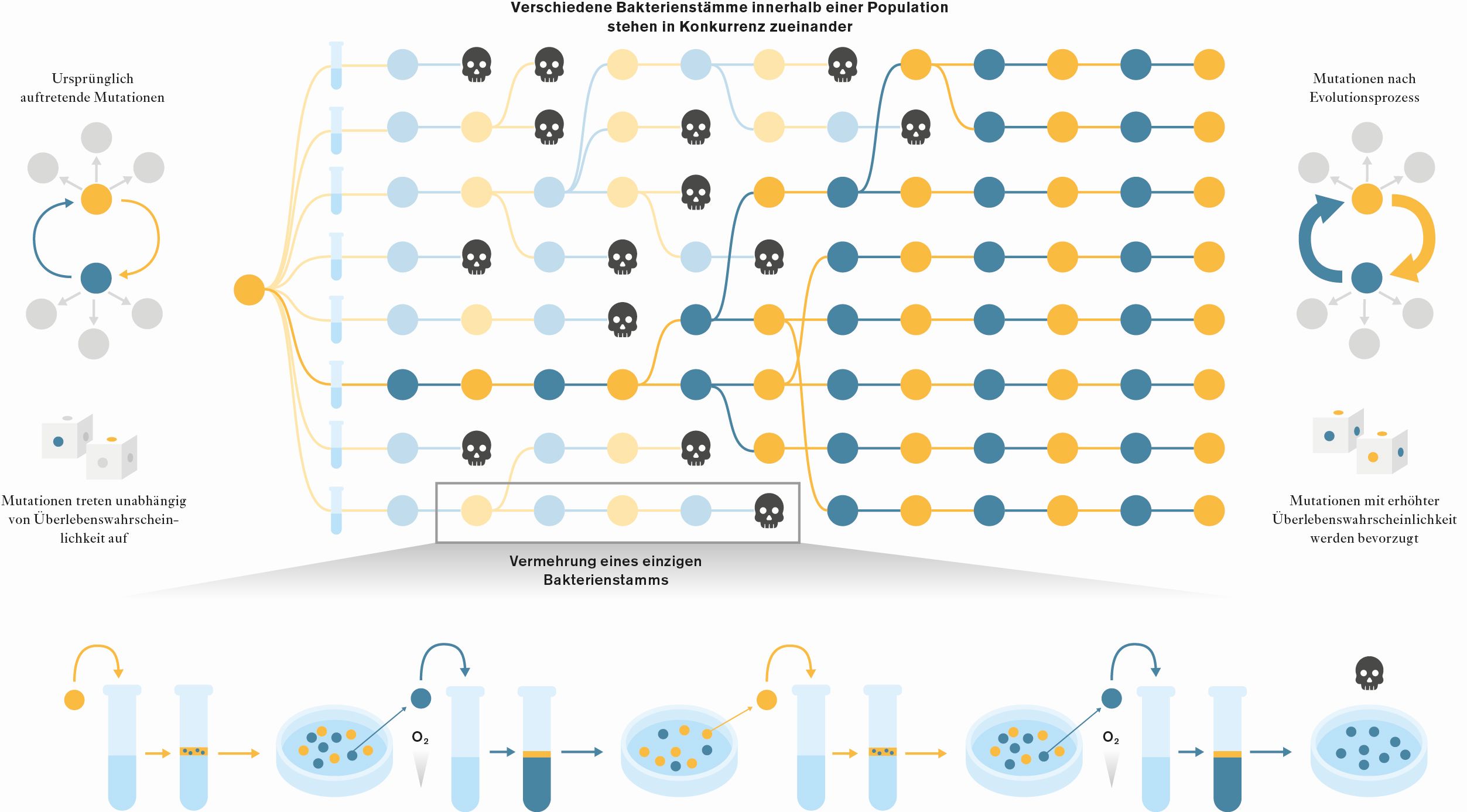
Insights into Evolutionary Dynamics: New Study Reveals the Evolution of Evolvability
• Evolvability and natural selection: Study shows how natural selection optimises genetic systems for future adaptations.• Hypermutable locus: Discovery of a locus that generates mutations 10,000 times faster and enables rapid adaptation.• Adaptation with foresight: Study shows how natural selection enables organisms to anticipate and adapt to future environmental changes. Ploen/Germany, February 20, 2025. A…
-
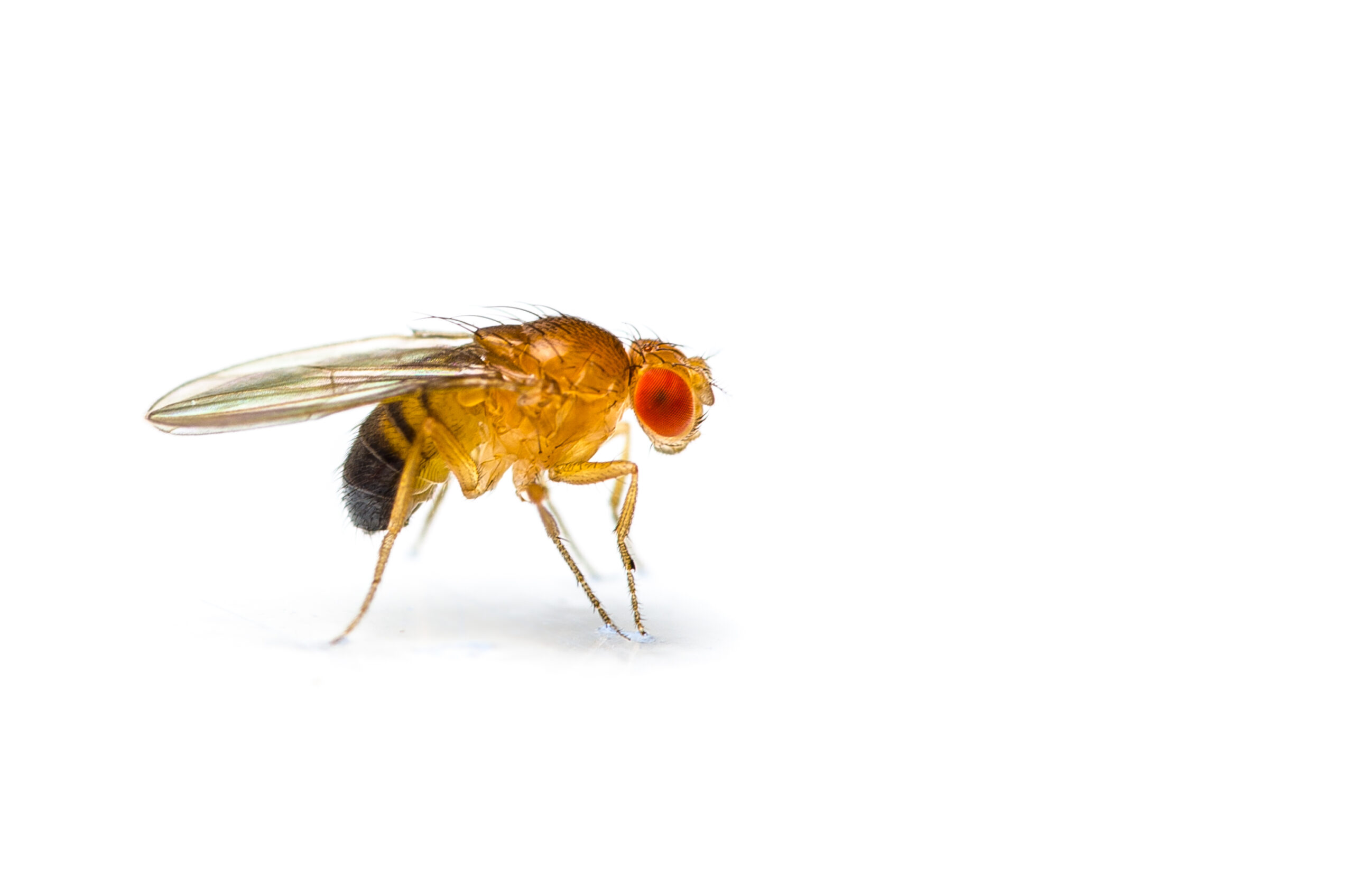
Many roads lead to… the embryo ISTA shows evolution had many optimal outcomes to choose from
Is there only one optimal configuration an organism can reach during evolution? Is there a single formula that describes the trajectory towards the optimum? And can we ‘derive’ it in a purely theoretical fashion? A team of researchers, including from the Institute of Science and Technology Austria (ISTA), has answers. Their mathematical model forecasts the…
-
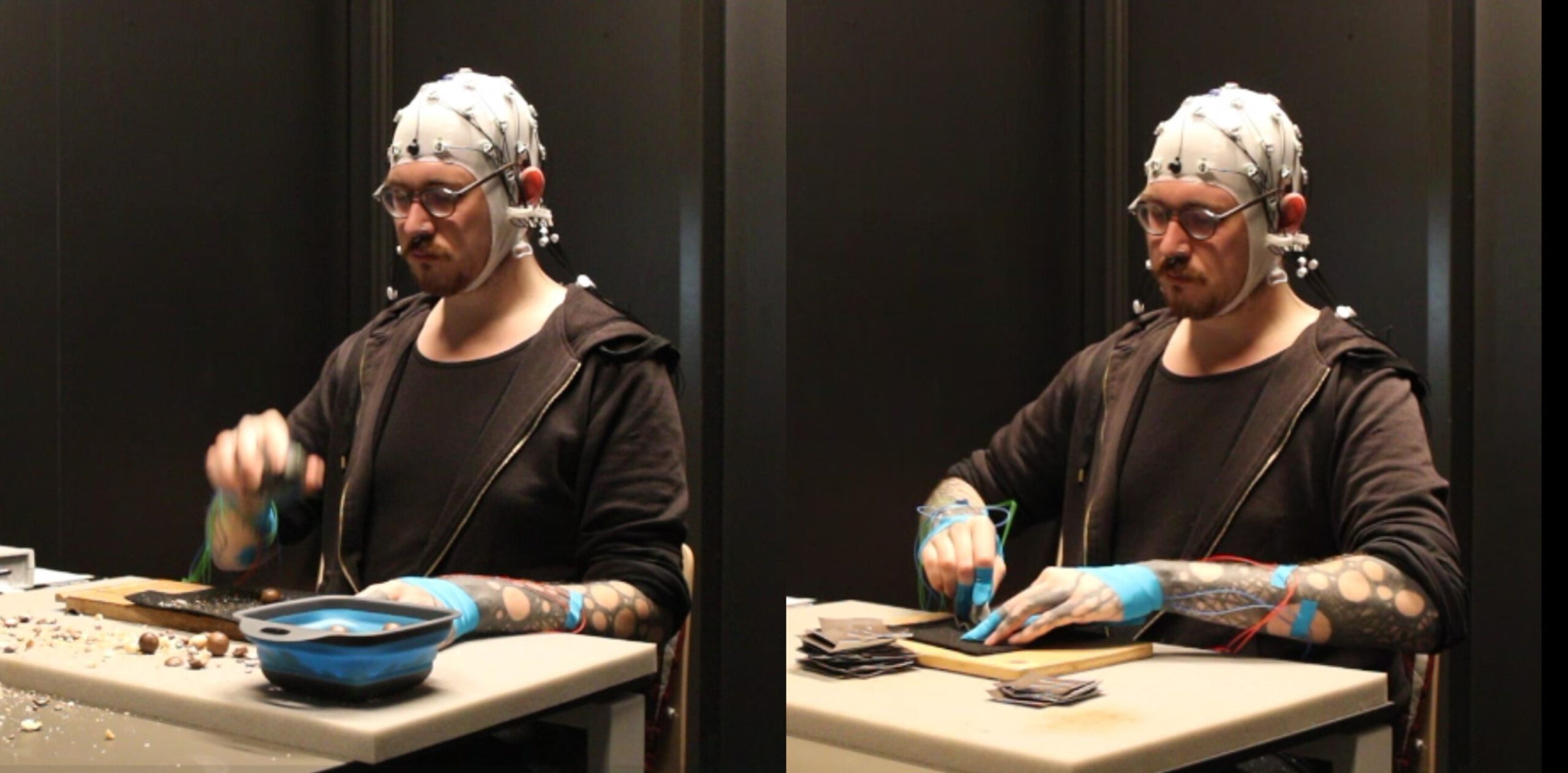
How the evolution of the brain is linked to the use of tools
Research team from the Senckenberg Centre for Human Evolution and Palaeoenvironment at the University of Tübingen combines experimental archaeology with the recording of brain waves Tübingen, November 19, 2024 – Changes in the cerebrum may have enabled early humans to use tools with precision, thus initiating the biocultural evolution that led to the human species…
-
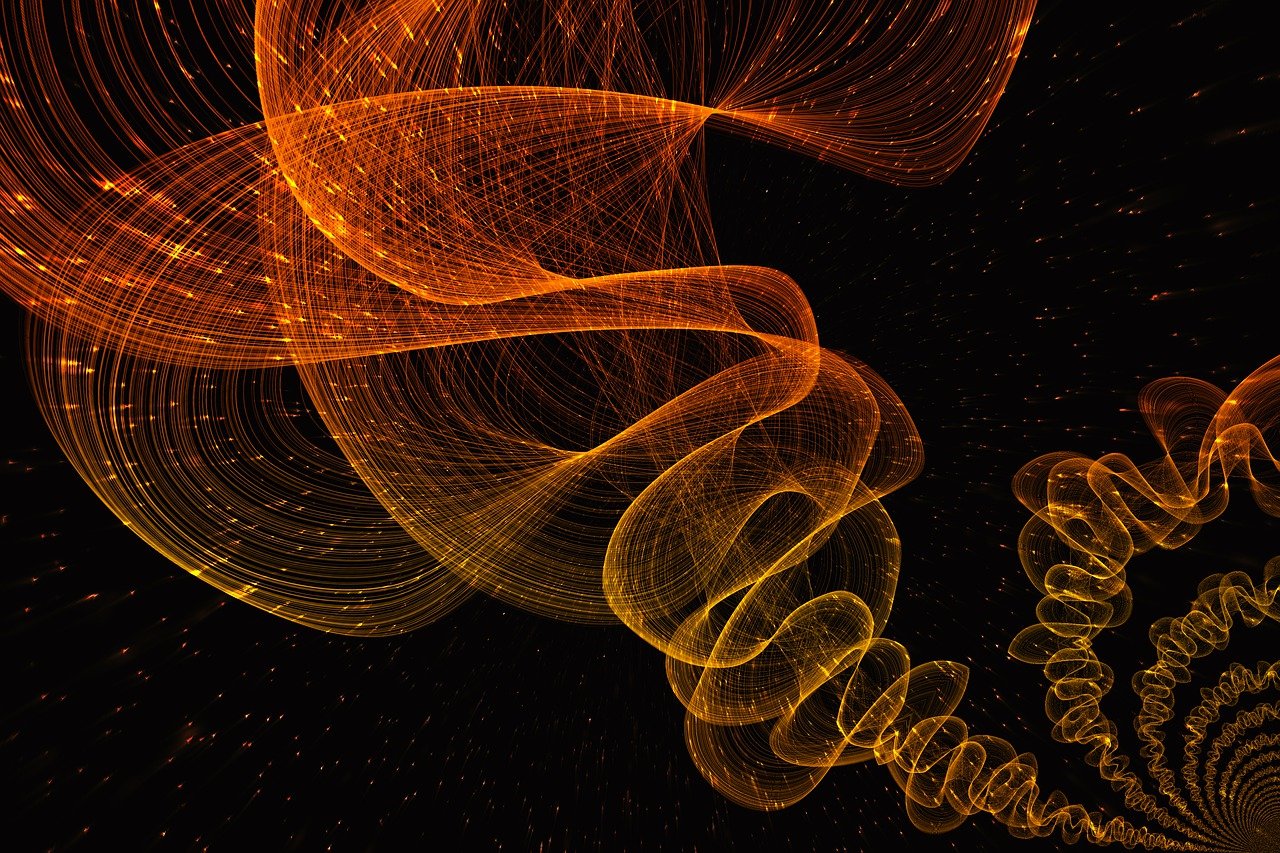
From chaos to order – how robust embryos form
A single egg cell is fertilised – it starts to divide continuously. The young embryo slowly assembles. The initially chaotic cluster of cells gradually develops into highly organised structures. An international research team, including scientists from the Institute of Science and Technology Austria (ISTA), has now gained new insights into this process. The results, which…

